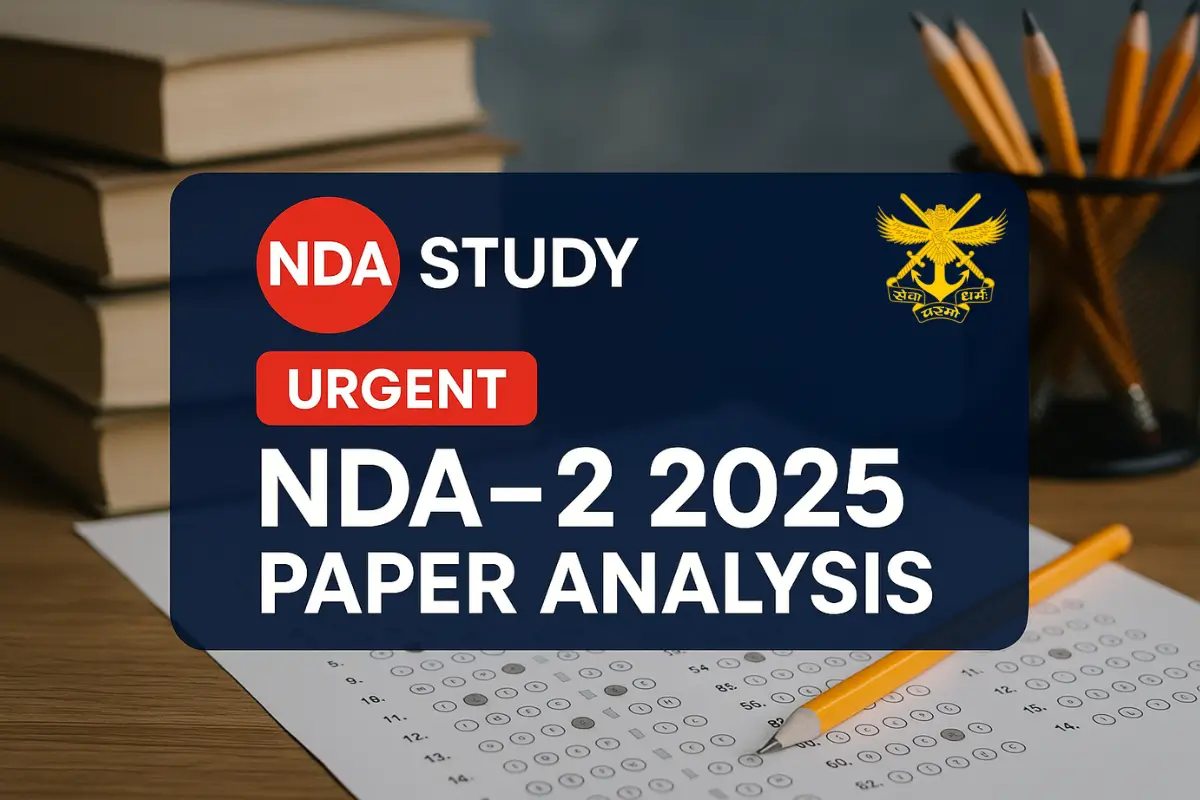Set theory symbols and notations ? In our day-to-day life, symbols hold significant meaning and play a vital role in communication, representation, and understanding. In mathematics, A Symbol refers to a character or a combination of characters that represents a particular mathematical concept, operation, or object. Symbols are used to convey information, simplify expressions, and denote mathematical relationships. Examples of Symbols in mathematics include numbers (0, 1, 2, etc.), operators (+, -, ×, ÷), variables (x, y, z), constants (π, e), and mathematical notations (∑, ∫, ∈, etc.).
a Symbols plays a crucial role in mathematical notation, enabling concise and precise communication of mathematical ideas and relationships. Similar to these ideas or concepts, These symbols play an important role in set theory, and we know that mathematics is a game of numbers & symbolical representations. Go through the entire article to know these symbols, notations, and Venn diagram.
Table of Contents
Some important Set theory symbols
Set theory, as a foundational branch of mathematics, has wide-ranging applications and benefits across various other areas of mathematics. The concepts & symbols of set theory play a crucial role in Understanding concepts and calculations of Other chapters, such as Relations & functions, permutations & combinations, probability Etc., and understanding the concepts, as well as Questions, will be very helpful in Our upcoming NDA exams. Some of the symbols of set theory are listed below:-
| Symbol | Symbol Name | Meaning / Definition | Example |
|---|---|---|---|
| { } | Set | A collection of elements | A = {1,2,3,4,5}, B = {4,5,6,7,8} |
| | or : | Such that | So that or Such that | A = {x | x∈ |
| A⋂B | Intersection | Objects that belong to set A and set B | A ⋂ B = {4,5} |
| A⋃B | Union | Objects that belong to set A or set B | A ⋃ B = {1,2,3,4,5,6,7,8} |
| A⊆B | Subset | A is a subset of B. set A is included in set B. | {4,5} ⊆ {4,5} |
| A⊂B | Proper subset / strict subset | A is a subset of B, but A is not equal to B. | {4,5} ⊂ {4,5,6,7,8} |
| A⊄B | Not subset | Set A is not a subset of set B | {8,9,16} ⊄ {4,5,6,7,8} |
| A⊇B | Superset | A is a superset of B. set A includes set B | {4,5,6} ⊇ {4,5,6} |
| A⊃B | Proper superset / strict superset | A is a superset of B, but B is not equal to A. | {4,5,6} ⊃ {4,5} |
| A⊅B | Not superset | Set A is not a superset of set B | {9,14,28} ⊅ {9,10} |
| 2A | Power set | All subsets of A including Ø or empty set | Click to see examples |
| Power set | All subsets of A including Ø or empty set | Click to see examples | |
| P(A) | Power set | All subsets of set A including Ø or empty set | Click to see examples |
| ℙ(A) | Power set | All subsets of set A including Ø or empty set | Click to see examples |
| A=B | Equality | Both sets must have the same objects/elements | A={2,4,6}, B={4,2,6}, A=B |
| Ac | Complement | All the objects that do not belong to set A | Click to see examples |
| A’ | Complement | All objects other than set A | Click to see examples |
| AB | Relative complement | Objects that belong to A and not to B | A = {2,4,6}, B = {1,2,3}, A B = {4,6} |
| A-B | Relative complement | Objects that belong to A and not to B | A = {2,4,6}, B = {1,2,3}, A – B = {4,6} |
| A∆B | Symmetric difference | objects that belong to A or B but not to their intersection | A = {2,4,6,8}, B = {2,3,5,7}, A ∆ B = {3,4,5,6,7,8} |
| A⊖B | Symmetric difference | objects that belong to A or B but not to their intersection | Symmetric diff. example |
| a∈A | Element of / Belongs to | set membership | A={2,4,6}, 4 ∈ A |
| x∉A | Not element of /Not belongs to | A is not element of X | A={2,4,6}, 5 ∉ A |
| (a,b) | Ordered pair | a pair of elements denoted as (a, b), where a represents the first element and b represents the second element. | Click to see examples |
| A×B | Cartesian product | Set of all ordered pairs from A and B | A×B = {(a,b)|a∈A , b∈B} |
| |A| | Cardinality | The number of elements of set A | A={2,4,6}, |A|=3 |
| #A | Cardinality | The number of elements of set A | A={0,1,2,3,4,5}, #A=6 |
| n(A) | Cardinality | The number of elements of set A | Click to see example |
| | | Vertical bar | Such that | A={x|0<x<10} |
| {} | Empty set | Empty/Null/Void set | A = Ø |
| Ø | Empty set | Empty/Null/Void set | Click to see examples |
| Universal set | set of all possible values | Click to see examples | |
| ℕ0 | Natural numbers(with zero) / whole numbers set | 0 ∈ | |
| ℕ1 | Natural numbers / whole numbers set (without zero) | 5 ∈ | |
| ℤ | Integer numbers set | -5 ∈ | |
| ℚ | Rational numbers set | 3/9 ∈ | |
| ℝ | Real numbers set | 5.101001000… ∈ | |
| ℂ | Complex numbers set | 5+7i ∈ 1 |
some important notations in set theory
lets understand, How do we read and write notations of set theory[and its uses in mathematics]:-
Notations of set/set theory:-
Sets are denoted by capital letters such as,
A={2,4,6,8} [It is Roster or tabular form representation of set ] or,
A={x:x∈N and x=even natural number less than 10} [Set builder representation]
2∈A means ‘2 belongs to set A’ or ‘2 is an element of A,
1∉A means ‘1 not belongs to set A’ or ‘1 is not a element of A’
Empty set:-
Also called Null set or Void set and denoted by ∅ or {}.
i.e., A=∅ means ‘A contain no element or object’
Equal set:-
if two set are equal then’=’ is used to denote if both are not equal then’≠’
let A={2,4,6,8}, B={6,4,2,8} and C={1,2,4,6,}
A=B
but, A≠C and B≠C.
Power set:-
It is denoted by p(A), and read as ‘Power set of A’
Lets take an Example,
A={2,4,6} then,
p(A)={∅,{2},{4},{6},{2,4},{2,6},{4,6},{2,4,6}}
Subsets of set:-
A⊆B
Read as ‘A is a subset of B’ or ‘A is contained in B’ and,
A⊈B
Read as ‘A is not subset of B’ or ‘A is not contained in B’
For example, A={2,4}, B={2,4,6,8} and C={0,1,2,3,} here, A⊆B but A⊈C [A is subset of B, but A is not subset of C]
Proper subset:-
A⊂B,
Read as ‘A is proper subset of B’
i.e., A={x:x∈N N=set of all natural number} and B={set of all even natural number}
 |
Singleton set:-
A={1} – Singleton set
A set containing only one element [A singleton set is not an empty set]
Universal set:-
Denoted by ‘U’ – Universal set
[The rectangle of Venn diagram represents Universal set] i.e.,

The Union of sets:-
A ⋃ B
read as ‘A union B’ or A ⋃ B={x:x∈A or x∈B or, x∈A and B}
[See the Union of sets in Venn diagram ]
The Intersection of sets:-
A ∩ B and,
Read as ‘A intersection B’ or A ∩ B={x:x∈A and x∈B}
[See the Intersection of sets in Venn diagram]
The Complement of a set:-
Ac = A’
Read as ‘A complement’ or Ac = A’={x|x∈U but x∉A}
The Difference of sets:-
AB = A-B and,
Read as ‘A difference B’ or AB = A-B={x:x∈A but x∉B}
Disjoint set:-
A ∩ B=∅
and, Read as ‘Set A and B are Disjoint’
The Cardinality of a set:-
o(A) = n(A) = |A|
‘The numbers of elements or objects in Set A’
The Cartesian Product of Sets:-
The Cartesian product of two sets A and B, defined as A × B, is a set that contains all ordered pairs (a, b) where a∈A and b∈B. It combines every element of set A with every Element of set B.
or,
A × B = {(a, b) a ∈ A, b ∈ B}
For example, A = {1, 2 } and B = {3, 4}. Cartesian product of A and B:
A × B = {(1, 3), (1, 4), (2, 3), (2, 4)}

.png)





